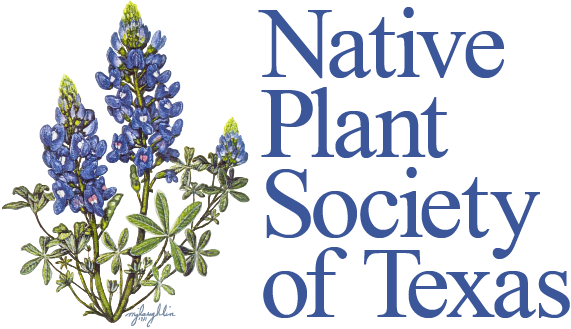Ricky Linex retired in 2021 as a wildlife biologist for the Natural Resources Conservation Service and now works as a range and wildlife consultant.
With NRCS, Linex worked 52 counties in north central Texas covering the Rolling Plains, Cross Timbers, Blackland Prairie, and Post Oak Savannah vegetational regions. He worked 38.5 years with NRCS in Goldthwaite, Snyder, Abilene, and Weatherford.
He is the author of Range Plants of North Central Texas, A Land Users Guide to Their Identification, Value and Management, a plant identification book for Texas. Range Plants was recognized in 2015 as an outstanding publication by the Texas Chapter – The Wildlife Society, the Native Plant Society of Texas, and the Texas Section – Society for Range Management.




